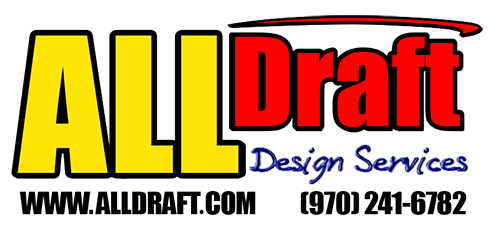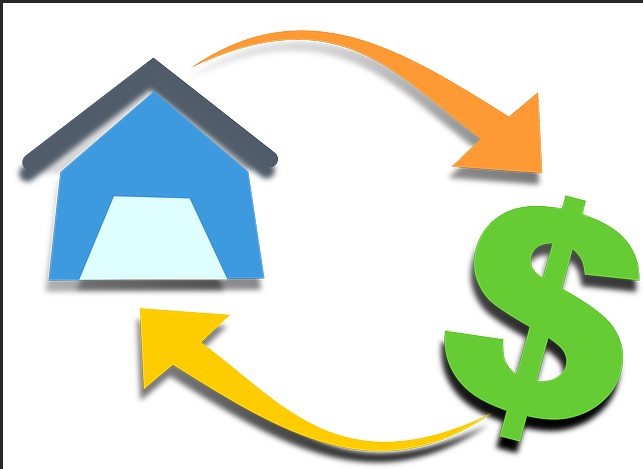Barndominium financing has become increasingly popular in recent years, primarily as a result of the growing trend towards more affordable and unique housing options. A “barndominium” is a type of home that combines a barn and a condominium, often featuring a metal or steel exterior and spacious, open interiors. These homes are typically more cost-effective to build than traditional houses, which has contributed to their appeal. However, financing a barndominium can present unique challenges and opportunities that individuals need to consider.
Understanding Barndominium Financing
Certainly, let’s dive deeper into understanding barndominium financing, exploring the differences between traditional and barndominium financing, factors that influence barndominium financing, and why barndominium financing can be considered a niche market.
Traditional vs. Barndominium Financing
- Loan Types: Traditional home financing typically involves mortgage loans, which are widely available and well-established. Barndominium financing, on the other hand, may require a different type of loan since it combines residential and sometimes commercial elements. This can include construction loans, farm loans, or specialty loans tailored to these unique structures.
- Appraisal Challenges: Barndominiums can be more challenging to appraise than conventional homes due to their unconventional design and use of materials. Traditional lenders may be less familiar with these properties, which could affect the loan approval process.
- Interest Rates: Interest rates for barndominium financing can sometimes be higher than those for traditional homes due to perceived risks associated with unique construction methods or materials.
- Insurance: Barndominiums may require specialized insurance coverage due to their unique features. Traditional home insurance policies may not adequately cover the property’s specific needs.
Factors Influencing Barndominium Financing
Location
- Zoning and Regulations: The local zoning laws and building codes can significantly impact financing options. Barndominiums may not be allowed in certain areas, or they may need to meet specific requirements.
- Accessibility: Remote or rural locations may present challenges for utilities and infrastructure, which can affect financing terms.
Size and Design:
- Square Footage: The overall size and layout of the barndominium can affect financing. Larger structures may require higher construction costs and financing amounts.
- Customization: Highly customized designs may require additional financing or appraisal considerations.
Land and Permits:
- Land Purchase: Financing the purchase of land alongside the barndominium construction can be a significant factor. It may require a separate loan or a combined loan package.
- Permits and Approvals: The time and costs associated with obtaining necessary permits and approvals can impact financing timelines and costs.
Barndominium Financing as a Niche Market
Barndominium financing can be considered a niche market due to its unique characteristics and requirements:
- Limited Lender Experience: Traditional lenders may have limited experience with barndominiums, making it necessary to seek out lenders who specialize in this niche.
- Specialized Products: Some financial institutions offer specialized loan products tailored to barndominium construction or purchase, which can provide more favorable terms and flexibility.
- Varied Uses: Barndominiums are versatile structures used for residential, agricultural, or mixed-use purposes. This versatility requires lenders to understand and accommodate different property uses.
- Appraisal Challenges: The unconventional design and materials of barndominiums can pose challenges during the appraisal process, requiring appraisers with specific expertise in valuing these properties.
- Unique Insurance Needs: Barndominiums may require specialized insurance policies due to their combination of residential and commercial elements, potentially driving up insurance costs.
Barndominium Financing Options
Certainly, let’s explore various barndominium financing options in more detail:
Mortgage Loans
Conventional Mortgages
- Conventional mortgages are standard home loans offered by banks and mortgage lenders.
- They are a common choice for financing barndominiums, especially if the property meets traditional residential criteria.
- Borrowers typically need a good credit score and a substantial down payment, usually around 20% of the purchase price.
- Interest rates may vary based on market conditions and the borrower’s creditworthiness.
FHA Loans
- Federal Housing Administration (FHA) loans are government-backed loans designed to help low-to-moderate-income borrowers.
- They often have lower down payment requirements, making them more accessible for some barndominium buyers.
- FHA loans may have more lenient credit score requirements, but borrowers need to pay mortgage insurance premiums.
USDA Loans:
- The United States Department of Agriculture (USDA) offers loans for rural and agricultural properties.
- Some barndominiums may qualify if they are located in eligible rural areas.
- USDA loans can feature low or no down payment options and competitive interest rates for eligible borrowers.
- Construction Loans
Short-Term Construction Loans:
- Short-term construction loans provide funds specifically for building a barndominium.
- These loans typically have higher interest rates than traditional mortgages.
- Borrowers typically pay only interest during the construction phase and then convert to a permanent mortgage after construction is complete.
Construction-to-Permanent Loans:
- Construction-to-permanent loans combine construction financing and a long-term mortgage into one package.
- Borrowers make interest-only payments during construction, and once the barndominium is finished, the loan automatically converts into a traditional mortgage.
- This option can simplify the financing process and potentially save on closing costs.
Personal Loans
- Personal loans can be used for various purposes, including funding the construction or renovation of a barndominium.
- They are unsecured loans, meaning they don’t require collateral, but they typically have higher interest rates compared to mortgage or construction loans.
- Personal loans may be suitable for smaller-scale barndominium projects or as a supplement to other financing options.
Barndominium-Specific Financing
Specialty Lenders:
- Some lenders specialize in barndominium financing and understand the unique characteristics and challenges associated with these properties.
- Specialty lenders may offer tailored loan products with flexible terms and competitive rates.
- Borrowers should seek out lenders with experience in barndominium financing for better outcomes.
Builder Financing:
- In some cases, builders of barndominiums may offer financing options to their customers.
- This can simplify the financing process since the builder is intimately familiar with the project and its costs.
- However, borrowers should carefully review builder financing terms to ensure they are competitive and fair.
When considering barndominium financing, it’s essential to assess your financial situation, creditworthiness, and the specific characteristics of the property. Each financing option has its advantages and requirements, and borrowers should explore multiple avenues to find the best fit for their needs. Consulting with financial experts, lenders specializing in barndominiums, and builders can also provide valuable guidance in navigating the financing process.
Qualifying for Barndominium Financing
Qualifying for barndominium financing is similar to qualifying for other types of real estate financing, but there are some unique considerations due to the distinctive nature of barndominiums. Here are key factors to consider:
Credit Scores and History:
- Credit Scores: Lenders typically look at your credit score to assess your creditworthiness. A higher credit score indicates a lower risk for the lender. While specific score requirements can vary between lenders, a good credit score (usually 680 or higher) is generally favorable for securing a competitive interest rate and terms.
- Credit History: Lenders also review your credit history, which includes your payment history, outstanding debts, and any derogatory marks. A clean credit history with a consistent record of on-time payments is essential for approval.
- Credit Report: Obtain a copy of your credit report from the major credit bureaus (Experian, Equifax, and TransUnion) to check for errors or inaccuracies and address them before applying for financing.
Income and Debt:
- Income Verification: Lenders will require proof of stable and sufficient income to cover the mortgage payments. This includes income from employment, self-employment, rental properties, and other sources.
- Debt-to-Income (DTI) Ratio: Lenders calculate your DTI ratio by comparing your monthly debt payments to your monthly income. A lower DTI ratio (typically below 43%) is generally more favorable. Reducing outstanding debts or increasing income can help improve your DTI ratio.
Down Payment Requirements:
- Traditional Financing: Conventional mortgages often require a down payment of 20% or more of the barndominium’s purchase price. The larger the down payment, the lower the loan-to-value (LTV) ratio, which can result in better loan terms.
- FHA and USDA Loans: These government-backed loans may have lower down payment requirements (as low as 3.5% for FHA and zero down payment for some USDA loans). However, these loans have other eligibility criteria and may require mortgage insurance.
Property Appraisal:
- Appraisal Challenges: Barndominiums can be challenging to appraise due to their unique design and construction materials. Lenders require a property appraisal to determine its value accurately.
- Appraisal Expertise: Choose an appraiser with experience in valuing barndominiums, as they will have a better understanding of the property’s worth.
- Appraisal Value: The appraisal value can impact the loan amount you qualify for. If the appraised value is lower than the purchase price, you may need to cover the difference or renegotiate with the seller.
- Property Condition: Ensure that the barndominium is in good condition and complies with all building codes and regulations to maximize its appraisal value.
Consulting with a mortgage broker or loan officer who specializes in barndominium financing can also provide valuable guidance tailored to your specific circumstances.
In conclusion, while barndominium financing has its unique challenges, it is likely to become more accessible and tailored to the needs of buyers as this housing trend continues to gain popularity. As with any real estate investment, thorough research, financial planning, and working with knowledgeable professionals are key to securing favorable financing and ensuring the long-term success of your barndominium project.

